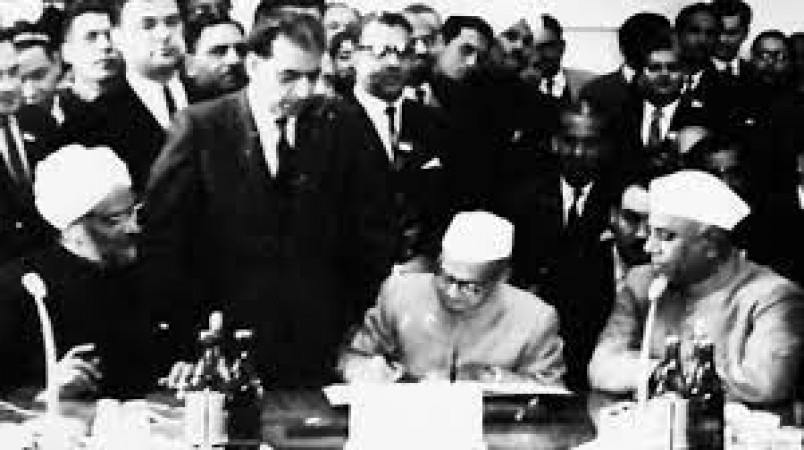
In the annals of India's diplomatic history, the Tashkent Agreement stands as a pivotal moment that showcased the astute leadership of Prime Minister Lal Bahadur Shastri. This agreement, forged in the aftermath of the 1965 India-Pakistan war, not only brought a ceasefire to the conflict but also paved the way for renewed diplomatic relations between the two nations. Let's delve into the details of how Lal Bahadur Shastri's vision and statesmanship inspired the path towards reconciliation.
Seeds of Conflict
The relationship between India and Pakistan had long been strained due to territorial disputes and historical animosities. The year 1965 witnessed the eruption of a full-scale war between the two nations, primarily over the Kashmir issue. The conflict led to widespread casualties and destruction on both sides.
Shastri's Approach to Diplomacy
In the midst of the intense hostilities, Prime Minister Lal Bahadur Shastri exhibited remarkable composure and a commitment to resolving the crisis through diplomatic means. His leadership emphasized dialogue and negotiation as the means to bring stability to the region.
The Mediation of the Soviet Union
Amid the escalating tensions, the Soviet Union stepped in as a mediator to broker peace between India and Pakistan. Tashkent, the capital of Uzbekistan, became the setting for crucial negotiations, offering a neutral ground for discussions.
Key Provisions of the Agreement
Under the Tashkent Agreement, both nations agreed to an immediate ceasefire and the withdrawal of forces to their respective pre-war positions. This marked a significant de-escalation of the conflict and paved the way for diplomatic talks.
Reaffirmation of Peaceful Coexistence
One of the most notable aspects of the agreement was the reaffirmation of the principles of peaceful coexistence between India and Pakistan. This commitment laid the groundwork for future diplomatic engagement and conflict resolution.
Statesmanship and Humility
Lal Bahadur Shastri's role in the Tashkent Agreement showcased his statesmanship and humility. His willingness to engage in dialogue despite the challenging circumstances demonstrated a deep understanding of the value of peaceful solutions.
Building Bridges
Shastri's diplomatic approach extended beyond immediate conflict resolution. He recognized the need to build bridges between the two nations, fostering cultural exchanges and people-to-people connections to bridge the gap between India and Pakistan.
Legacy of Bilateral Relations
The Tashkent Agreement laid the foundation for future diplomatic interactions between India and Pakistan. It opened channels of communication and set the tone for further discussions on contentious issues. In the wake of the 1965 India-Pakistan war, Lal Bahadur Shastri's instrumental role in negotiating the Tashkent Agreement cannot be overstated. His commitment to dialogue, peace, and reconciliation set an example for future leaders to follow. The agreement not only halted the violence but also sowed the seeds of diplomatic engagement, reminding us that even in the midst of conflict, the pursuit of peace can prevail.
Jammu and Kashmir Bank Chief Manager Dismissed for Alleged Links to Pakistan's ISI
Shiv Sena Leader Predicts Change of Guard in 2024 Elections, Hails Opposition's Prospects
Congress Challenges AAP to Public Debate Amid Escalating Political Feud